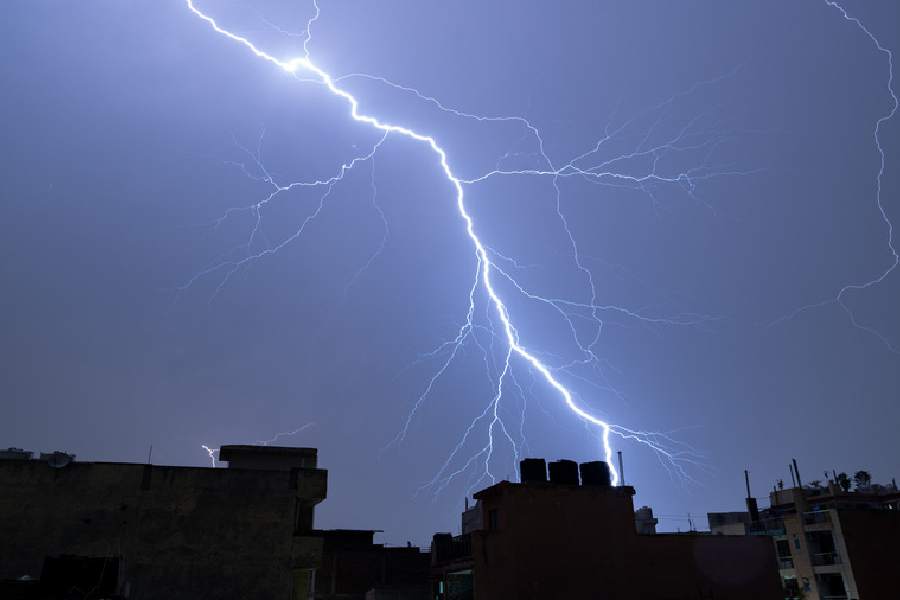Book: Liberation Day
Author: George Saunders
Publisher: Penguin
Price: $28
When I was sent this book, I saw that it said, “Bestselling author of Lincoln in the Bardo” on the cover and I was immediately sold on that title and had to buy and read it. The bardo is a familiar place to me: I kind of have a season ticket. For those not so familiar, the bardo is an inbetween place, neither quite spiritual nor material, but a bit of both. It can take many forms, and spiritual seekers must wander there until they find their way. In the full Tibetan cosmogony, there are at least six such realms.
The title story of this book is like a sketch of the world of Lincoln in the Bardo, except that it is set in an unspecified future time rather than the historical past. It is set in what struck me as a manic and very scary version of a writers’ room. For those not in the know, a writers’ room is a place where TV shows are written on the fly by a bunch of people who improvise their way through a plot outline until they run out of money or the studio runs out of patience. In “Liberation Day”, we see art created by people who might as well be machines. If AI art worries you, spare a thought for what might happen to writers if the industry goes in the other direction. Capitalism has always tended to turn people into vending machines. Where would such a progression end?
One of the dominant themes of this book is the horror of being plucked out of your life, mind-wiped, and turned into a tool for some unfathomable and probably evil purpose. This theme is also explored in “Elliot Spencer”, a story with a twist about protests. The Speakers of Liberation Day are hung on a wall and pinioned like literal speakers (the electronic kind) but they are also creators, in that they take a plot outline provided by their master and use their skill and ingenuity to turn it into a performance. They were once people, but they are now functionaries who only care about doing their job well and getting ahead of the competition. Or at least that’s what the masters want to think. Naturally, it all goes horribly wrong.
Here I must issue a caveat: Saunders is an experimenter with language and narrative; so if you like your stories plain, you might get a bit headachy reading his stuff. He likes to delve into odd consciousnesses and invent a diction to express their unsettling gestalts, which will require some concentration to read and decode. He did this with brilliant effect with the spirits of Lincoln in the Bardo. He does it here too, but without the orchestral flair you get in the novel. Here the worlds are small and tend to be moulded around one or two people.
Most of these stories are set in the present or near future, but they are speculative rather than straight-up science fiction, with the possible exception of the title story. They do use some of the tropes of science fiction: “Ghoul” happens in a contained, possibly post-apocalyptic, world that is equal parts Disneyland and Purgatorio. None of the worldlets presented here will feel comforting or comfortable, although “Sparrow” has a surprise happy ending.
One contrast between this book and Lincoln in the Bardo is the greater presence of female protagonists or narrators. The female voice was largely absent from the novel — understandably given the sources — but here it seems to be more of an even split between the genders. Most of the women protagonists are frustrated, angry and ready to lash out, sometimes at each other. They are often trying to live impossible lives but, unlike the men, they don’t accept their fate peacefully. In fact, one could say that the absolute necessity of raging against the dying of the light is the central theme of this book.
If the weird and uncanny are your thing, then this collection is a good short introduction to Saunders’s work. If you’ve already read one of his novels, then you will enjoy it all the better.










